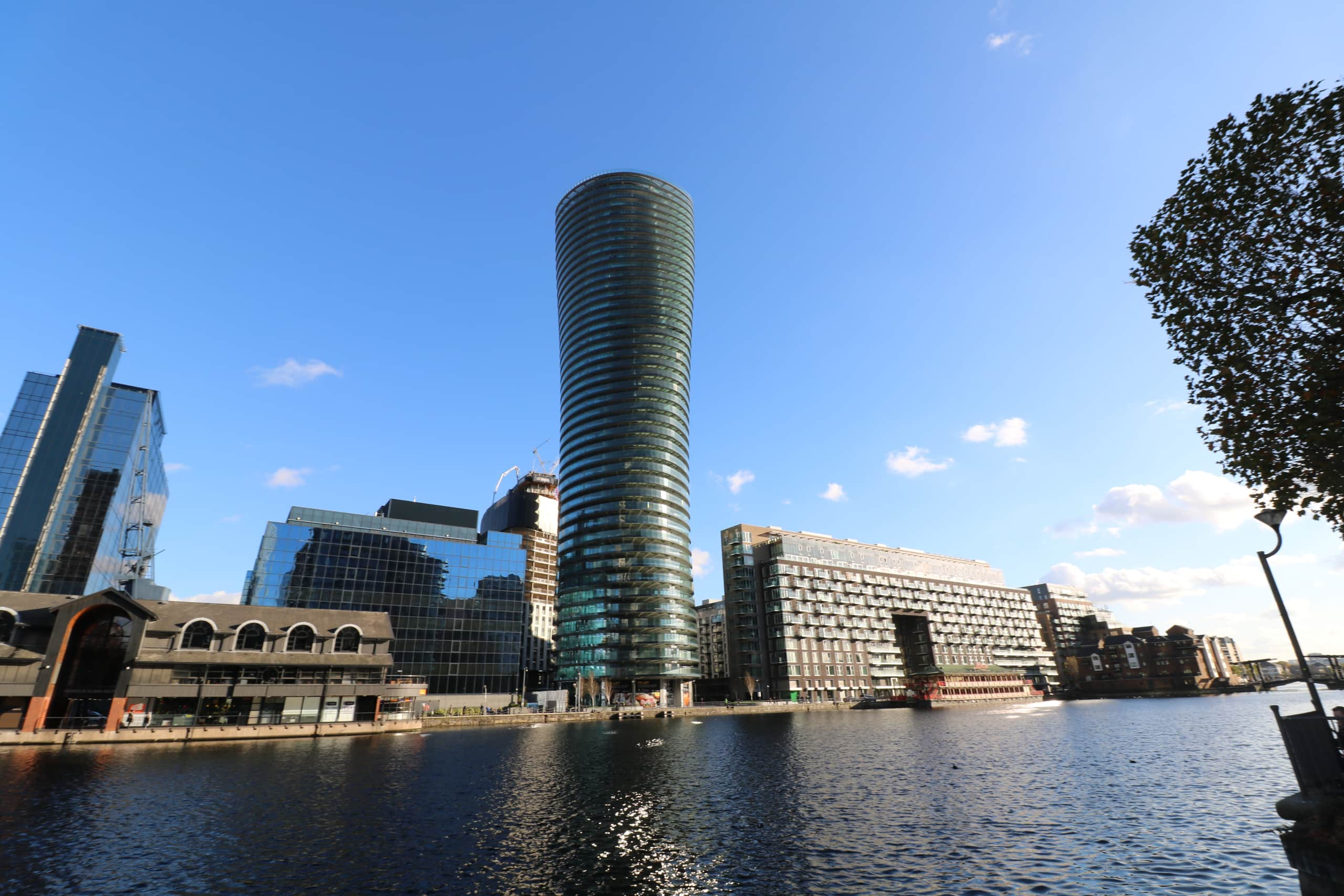Brickslips & The Future of Construction
With the explosion of new buildings going up in the last few decades, the construction industry is always looking for faster, more efficient and cost-effective ways of creating high-rise buildings that don’t compromise on aesthetics. The traditional brickwork way of building may still be popular, but too time-consuming for some projects. This is where brickslips come into their own.
The advantage of brickslips
Brickslips provide the aesthetic quality that we all associate with traditional brickwork, with many added benefits. They allow designers a lot more freedom in building features and the method of primary construction on the build.
A prime example is that brickslips systems can be used in curtain walling to blend in with areas that are masonry but can’t be built with bricks. This gives an easy transition from traditional to modern construction without compromising on the quality of the look.
Design possibilities over traditional bricks
Significant savings can be made with brickslips. The materials chosen will vary and tend to be more costly than traditional bricks and mortar at the start, but the cost benefit is realised is in the early engagement with manufacturers and installation. The systems are considerably lighter than traditional bricks, weighing in at 80kg per square metre less than bricks. This results in lighter loading, which in turn reduces the foundation depth. Installation is quicker too and doesn’t depend on good weather.
The old adage, “space is money” is especially true in residential construction. Brickslip systems maximise both external and internal space of the building and can reduce wall thickness by about 70mm if you’re using a ventilated façade as opposed to a traditional twin-skin masonry wall.
They come with just a few limitations, however, and specifiers should be aware of the type of brick that architects want to use. Some brickslip types don’t lend themselves to the look of a real brick finish that many architects want. For instance, rustic London brick are brittle because of the way they are manufactured and they don’t tend to withstand the manufacturing process of brickslip systems and installation.
The colour options can also be a limitation. Design features don’t have to be limited but architects who are more adventurous with their brick designs may have to compromise. The hit and miss pattern for example, can be difficult to achieve without the aluminium casing behind it showing through.
The future of construction
There is certainly growth for this kind of modern method of construction in a post-pandemic world. With the many restrictions in place during the pandemic, manufacturing as many elements of a building off site became necessary to free up time and space on site. This is an area of huge potential growth for brickslip systems in a post-pandemic world. COVID forced us to think differently about how we build and brickslips can be a big part of that conversation now and in the future.
The beauty of offsite manufacturing is the ability to control the production techniques while keeping close to quality checks and standards. This has huge cost savings in manpower and time onsite. To benefit from the time savings further, product training is important, so installers know what the industry expectations are and can fit the systems efficiently while adhering to high standards.
Brickslips are set to be a crucial part of the future of construction, no less because of the efficient systems and processes available. Consistency of brickwork across the façade is important to the final look of the building and control over critical tolerance is important for both manufacturers and installers.
Early engagement is a key element in portraying the design vision throughout the building without compromise. Collaboration along the supply chain manages expectations, as manufacturers have a great deal of knowledge about the products they make and sell. Involving them early in the architectural design takes advantage of their wisdom on the technical aspects and possibilities as well as the limitations of brickslips in the building’s construction.
This article is based on an interview with Aneira Beament, Group Head of Marketing at Ash & Lacy.
Aneira has been working in the façade industry for 8 years and is part of the team that designed the Mechslip system. She is responsible for Ash and Lacey’s marketing strategy across the group businesses, including construction.
